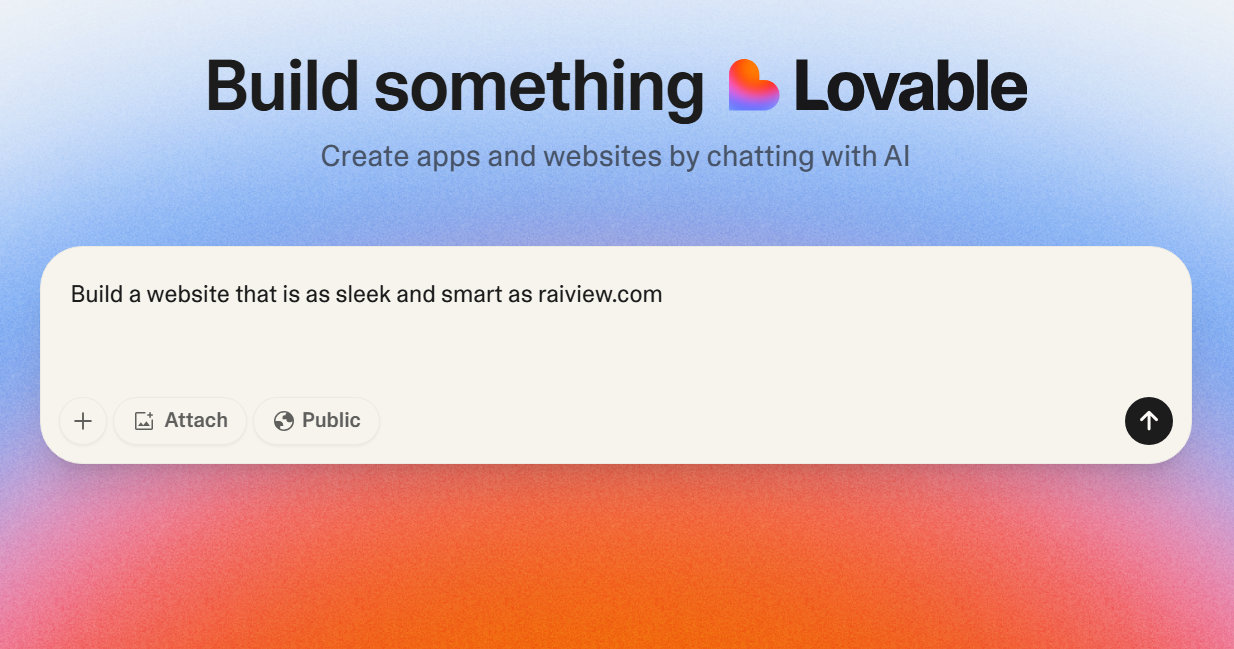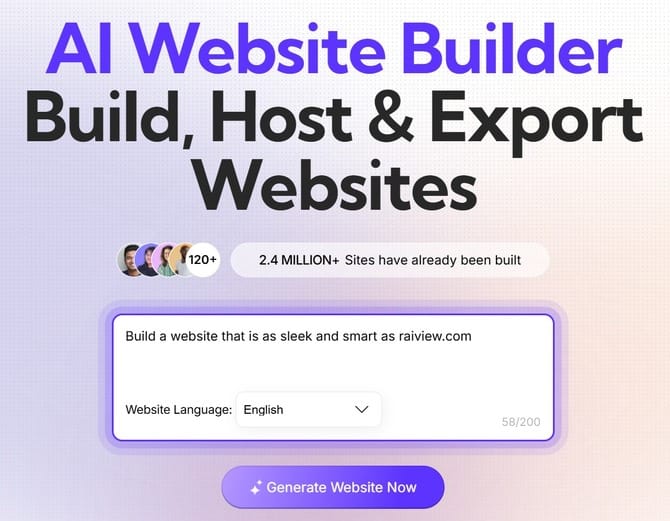Lovable AI Review (2025): The No-Code Full-Stack Platform Powered by AI

Summary
Lovable is an AI app builder that enables both technical and non-technical users to create full-stack web applications from plain-English prompts. By generating React frontends, Supabase backends, database schemas, authentication, and deployment pipelines in minutes, Lovable radically simplifies app development. Its design is ideal for founders, developers, and creators who want working apps fast and own the code.
Key Highlights of Lovable
- Turns ideas into HTML/CSS/JS + Supabase code automatically
- Integrates seamlessly with GitHub for ownership and version control
- Supports frontend, backend, database, auth, payments, deployment
- Includes real-time live preview, undo history, collaboration
- AI-powered debugging with “Try to fix” button for quick auto-resolve
- Robust integrations: Figma, Supabase, Stripe, OpenAI, Builder.io
- Leveraging “vibe coding”, Lovable is nearing a $2B valuation
Key Features of Lovable
- Natural language prompts: Describe your app and watch it build in minutes.
- Full-stack scaffolding: React + Tailwind frontend, Supabase backend, auth, API endpoints.
- Live-preview + undo: Instant render with rollbacks and version history.
- Try to Fix: AI-assisted bug resolutions for build errors.
- AI debugging: Analyze logs and guide the AI to fix or optimize.
- Design import: Turn Figma mockups into code with Builder.io integration.
- Collaboration: Real-time editing with branching in beta.
- Deployment: One-click deploy, custom domains, and exports.
Limitations of Lovable
- Requires clear, structured prompts; vague instructions lead to errors
- UI design output is functional but not highly bespoke
- Non-coders may struggle when manual fixes are needed
- Credit-based usage limits and security concerns (“VibeScamming” report)
- Advanced collaboration and versioning still maturing
Use Cases for Lovable
- Startup Founders: Ship MVPs in hours instead of weeks.
- Freelance Developers: Prototype projects fast, customize later.
- Product Managers: Build POCs and internal tools without developer dependency.
- Designers: Convert Figma/UIs into functional apps.
- Educators: Teach app concepts with hands-on AI scaffolding.
- Agencies: Quickly launch client-facing mini-apps.
- Non-technical Makers: Empowered to build without code.
- Developers: Skip boring scaffolding and focus on business logic.
How I’m Using It
I needed a customer portal with login, data view, and payment. Here’s my playbook:
- I typed: “Create a portal with user signup, view purchases, and Stripe payments.”
- Lovable spun up a React UI, Supabase backend, auth, and Stripe integration in minutes.
- I hit live Preview, spotted a layout tweak, prompted for CSS adjustment—and it updated instantly.
- An error popped: I clicked “Try to Fix” and it resolved it automatically.
- I pushed to GitHub, deployed in one click, and shared the link by afternoon.
In under a day, I had a polished app that would’ve taken teams weeks—and I own every line of code.
Pros / Cons
- Pros: lightning-fast prototyping, full-stack scaffolding, live preview, AI debugging, exportable code.
- Cons: prompts need precision, design limited, credit limits and security concerns, non-technical barriers.
Frequently Asked Questions
- Do I need coding experience?
Basic tech terms help, but Lovable handles the heavy lifting. - Can I export and own the code?
Yes—full GitHub export with editability and deployment freedom. - What if builds fail?
“Try to Fix” scans errors and attempts auto-resolution. - How does it handle design?
Builder.io/Figma import is supported, but output is functional not refined. - Are there usage limits?
Yes—credit-based usage applies, and some security concerns are being addressed.
Pricing
Lovable offers a free tier with limited credits for exploration. Paid plans unlock more credits, advanced features like Figma import and Stripe support. Usage scales with complexity—ideal for MVPs and prototypes.
Try Lovable and build full-stack apps from simple prompts
AI Score
| Criteria | Score/10 |
|---|---|
| Ease of Use | 9 |
| Feature Completeness | 8 |
| Speed of Prototyping | 10 |
| Export & Ownership | 10 |
| Design Flexibility | 7 |
| Debugging Support | 9 |
| Collaboration | 8 |
| Security & Reliability | 7 |
| Value for Money | 8 |
| Overall | 8.6 |
Alternatives
- UI Bakery – Visual internal tool builder with database integration.
- Cilet – AI code editor for frontend and backend generation.
- Replit AI – Online IDE with AI-assisted code generation and hosting.
- Bolt AI – Prompt-based app prototyping with visual feedback.
- Cursor – Context-aware code assistant for professionals.
- Appsmith – Open-source internal app builder with JS and APIs.
- Builder.io – Visual CMS and design-to-code toolchain.
- GitHub Copilot – Inline AI code suggestions inside your IDE.
- Superblocks – Developer-first tool for internal app workflows.
- ToolJet – Low-code platform for internal tool creators.
Last updated: June 16, 2025

